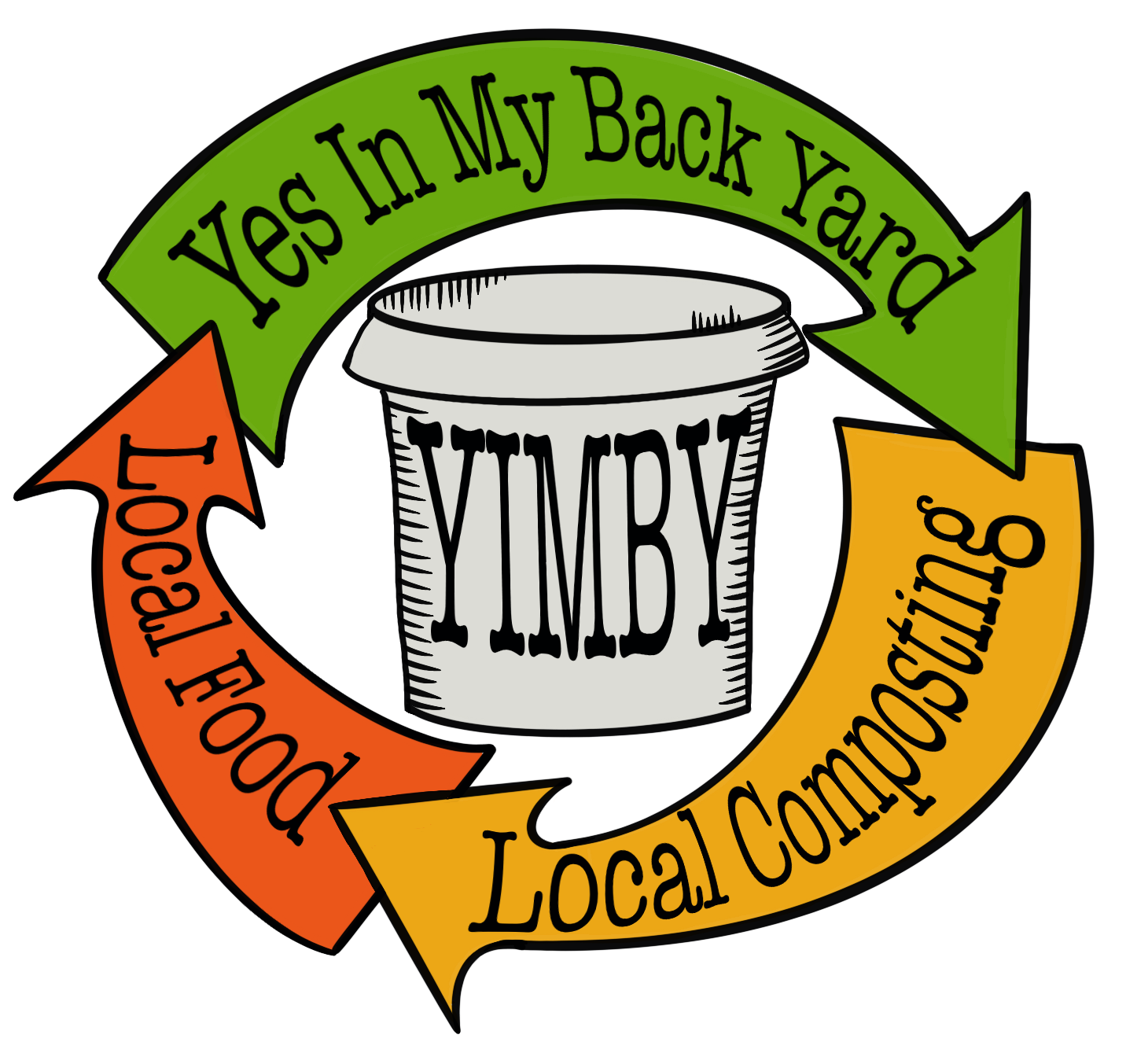Light, dry and unhappy
Continuing our exploration of compost density, this week we look at what happens when our compost is too light and too full of air pockets.
Ideal compost pile moisture is 55% - when squeezed, just wet enough to wring out a drop or two, but not dripping - an overly light compost just can’t hold that much water, and too make matters worse all those air pockets mean our compost dries out faster too.
The additional spaces in our mix can either lead to the composting process stalling - due to the compost ingredients not being properly in contact with each other – or, conversely, to our pile overheating!
Overheating can happen when our pile has just enough nutrients for the microbes to thrive - briefly - and the highly insulating and low thermal mass created by the dry pile and air gaps leads to a short, extreme spike in temperature. These are the conditions that can make hay-stacks and mulch piles spontaneously combust! Let’s not do that.
None of this is great news for a happy compost. Let’s have a look at how this can happen and what we might do to remediate.
Long-stemmed, woody ingredients are wonderful additions to our compost (see last week's weeks CC) but only IF they are chopped short enough, 100mm is great to aim for. Left un-chopped and making up most of the ingredients in a pile – think big Autumn garden clean up – long woody ingredients can leave our compost full of air gaps, way too light and seriously prone to drying out.
Woody stems are best chopped and stock-piled to be added to our composts over the year. If you do make one big Autumn compost pile, take the time to chop things up short, pre-soak your dry ingredients in a big bucket of water and have plenty of nitrogen-rich and wet ingredients to blend in layers as you build. Keep that density, moisture and connection up as you build your pile.
Rodents can strip cool composts of their nitrogen-rich food scraps, leaving a compost overly dry and light. A fine rodent mesh rolled over the base of most Gedye-style black plastic bins works a treat keeping our ‘furry friends’ out, and don’t forget to keep the lid on between feeds.
Tree roots that have made their way into our pile can strip nutrients and water, leaving our compost pile light, dry and a bit empty. Moving our composting area around, composting off the ground, or putting in root barriers are all potential fixes for this problem.
We might have a combination of any of the above issues, making our pile less than optimal. It might also be that your recipe is too high in woody materials and you need to lean a good deal harder into those nitrogen-rich ingredients; food scraps, wet animal manures, coffee grounds and grass clippings etc.
Next week we will have a look at how to measure the density of your pile.
AUTHOR: JOEL MEADOWS
Joel Meadows works with Yes In My Back Yard, (YIMBY), a community-scale composting initiative in Castlemaine and surrounds. Send questions or comments to hello@yimbycompost.com or to book in for a compost workshop.
This was first published in the Midland Express on the 19 March 2024

